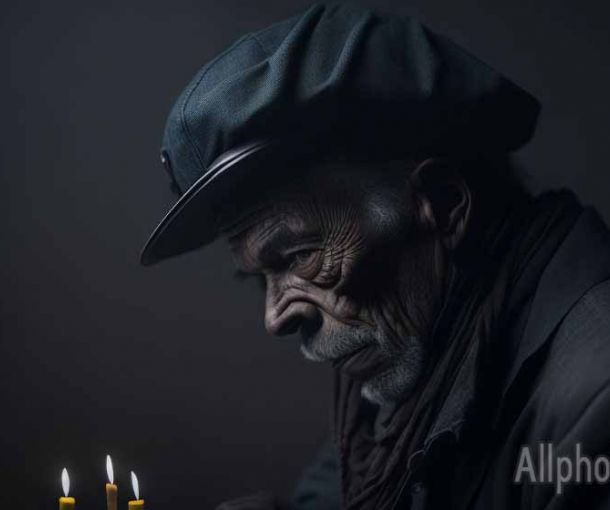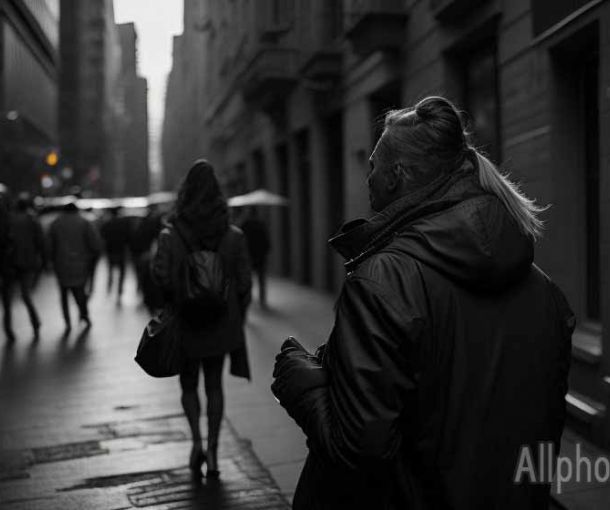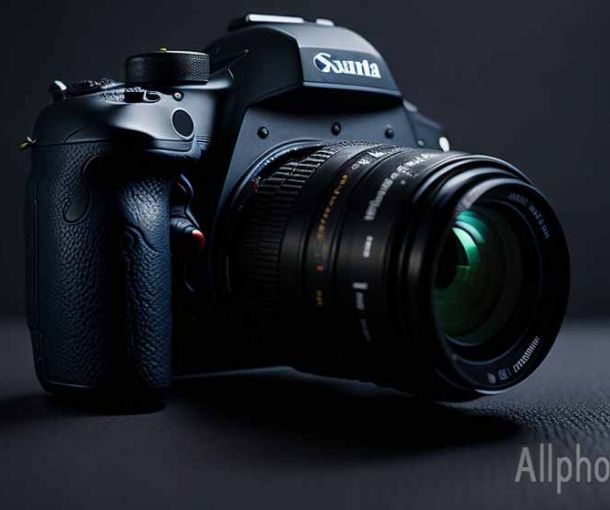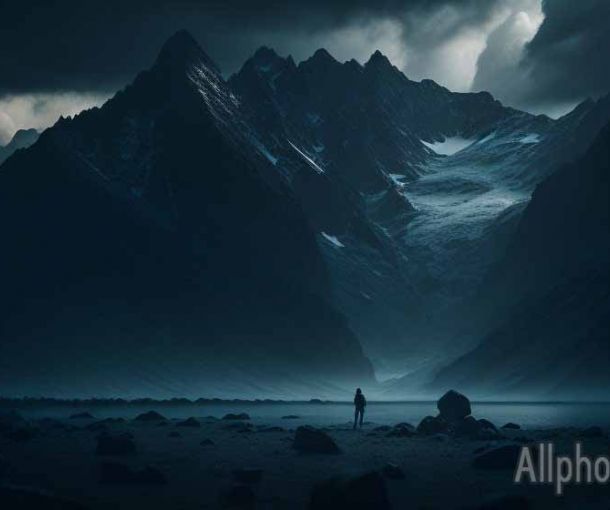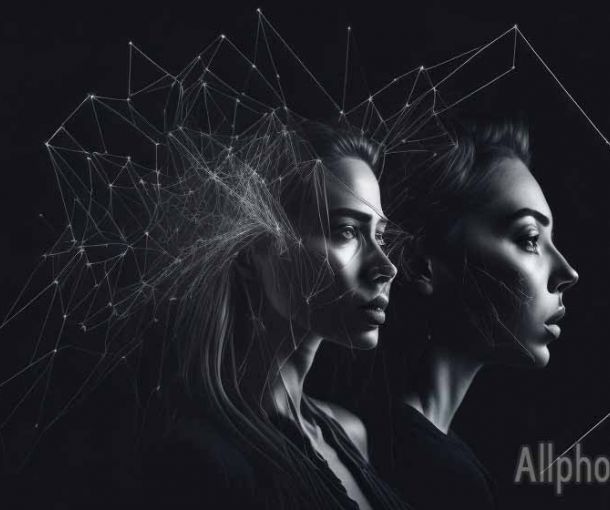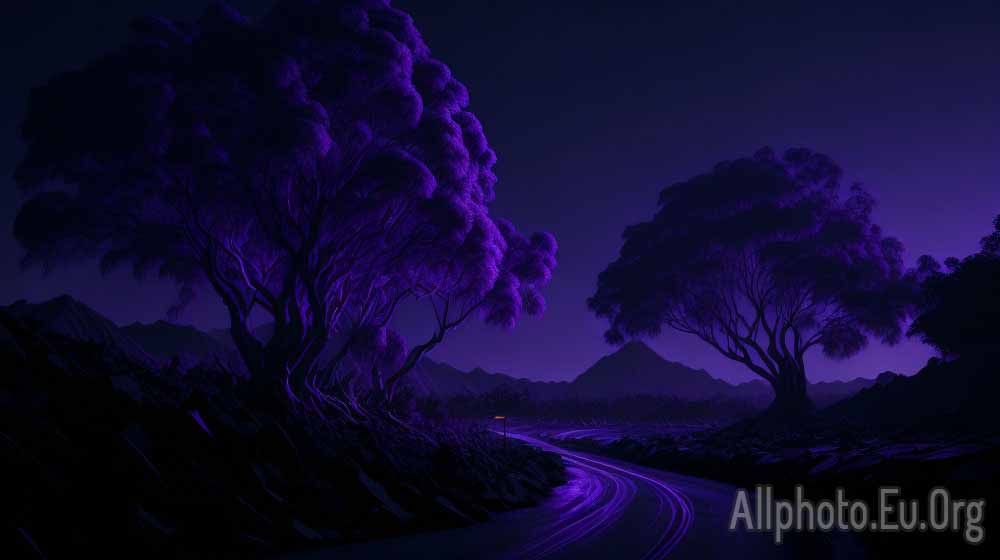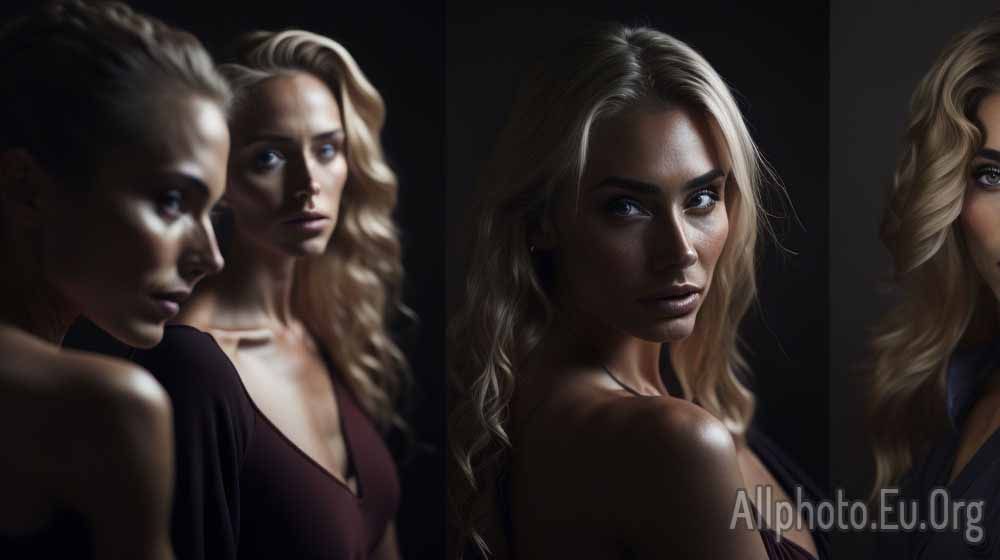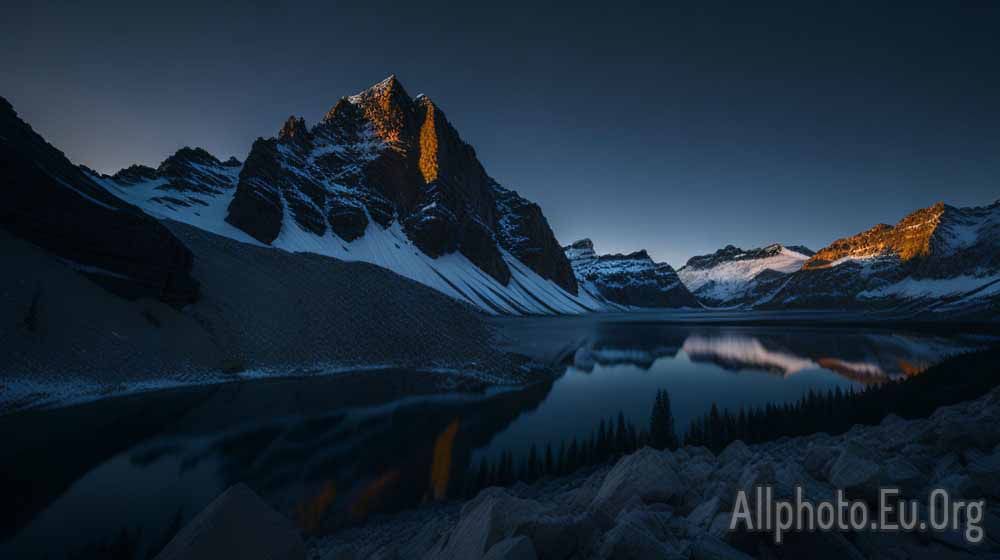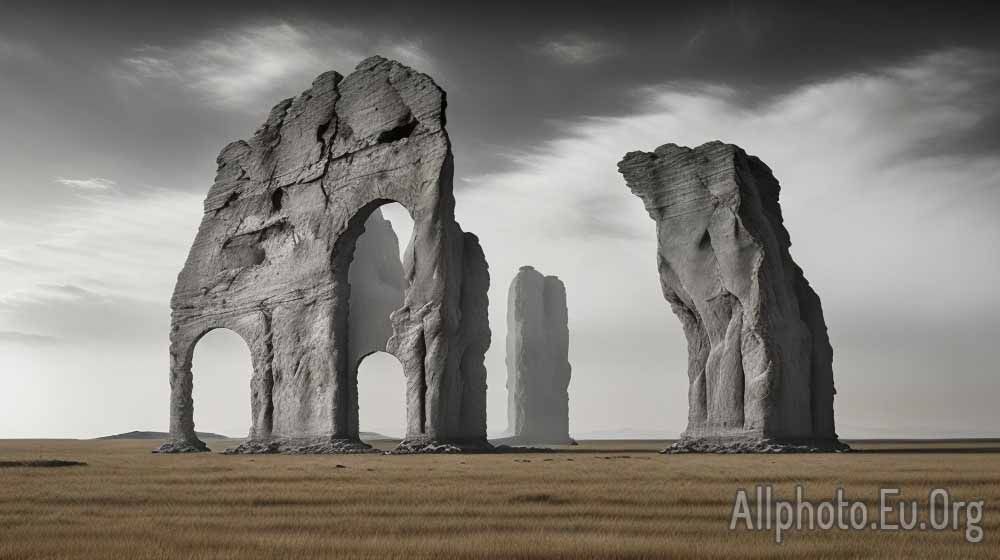The Role of Shadows in Photography: Creating Depth and Drama
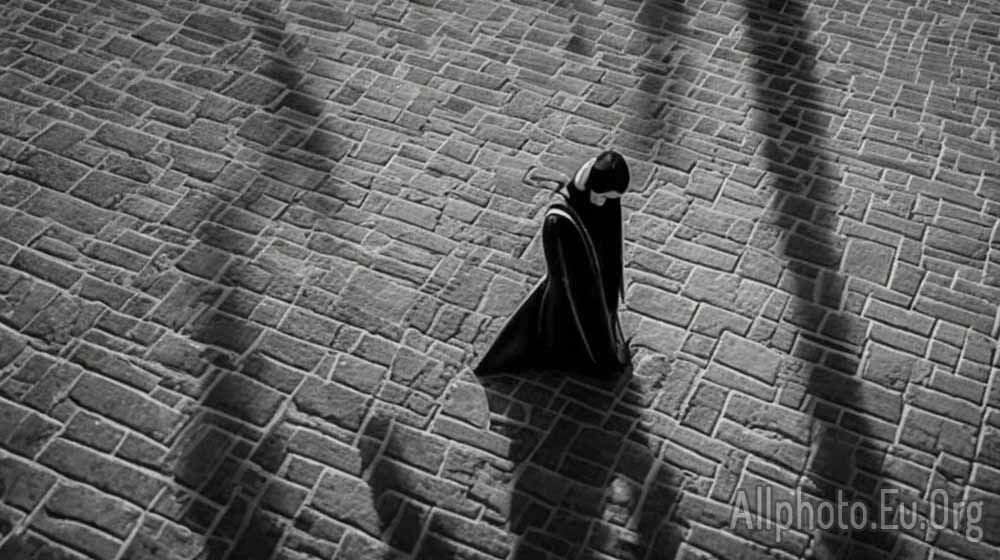
Photography is all about capturing moments, emotions, and stories in a frame. A good photograph not only captures the essence of the subject but also creates an impact on the viewer. One of the elements that can add depth and drama to a photograph is shadows. In this article, we will explore the role of shadows in photography and how they can be used to enhance the visual impact of a photograph.
Shadows are an essential part of photography. They add depth, texture, and drama to a photograph. They can also create a sense of mood and mystery. Shadows are formed when light is blocked by an object or a person. The amount of light that is blocked determines the size and shape of the shadow. Shadows can be long, short, wide, or narrow, depending on the angle of the light source.
One of the most significant advantages of using shadows in photography is the depth they create. Shadows add a three-dimensional aspect to a two-dimensional photograph. They can give the impression that the subject is coming out of the photograph, making the photograph more immersive and engaging. Shadows also create contrast, making the subject stand out from the background.
Shadows can be used to create drama in a photograph. A photograph with a dramatic shadow can create a sense of mystery and intrigue. The use of shadows in a photograph can add a sense of depth to the subject, making it more interesting and captivating. Shadows can also be used to create a sense of movement in a photograph. By using a long shadow, a photographer can create the impression that the subject is moving.
Another advantage of using shadows in photography is the sense of mood they create. Shadows can be used to create a sense of gloom or sadness, or they can be used to create a sense of warmth or happiness. The use of shadows can also create a sense of mystery or intrigue, making the photograph more interesting and engaging.
Shadows can be used in different ways in photography. One of the most common ways is to use natural light to create shadows. By positioning the subject in front of a light source, such as the sun, a photographer can create a natural shadow. This can be especially effective during sunrise or sunset when the light is low, creating long shadows.
Another way to use shadows in photography is to use artificial light sources, such as flash or studio lights. By positioning the light source in different angles, a photographer can create different shapes and sizes of shadows. This technique can be used to create a dramatic effect, especially when the subject is in motion.
In conclusion, shadows play an important role in photography. They add depth, drama, and mood to a photograph. The use of shadows can create a sense of three-dimensionality in a two-dimensional photograph, making it more engaging and immersive. Shadows can also be used to create a sense of movement or mystery, making the photograph more interesting and captivating. By using natural or artificial light sources, a photographer can create different shapes and sizes of shadows, adding versatility to their photography. In short, shadows are an essential element in photography that every photographer should be aware of and utilize in their work.
To effectively use shadows in photography, it's important to understand the relationship between light and shadows. Light is essential for creating shadows, and the angle and intensity of the light source will affect the shape and size of the shadow.
When photographing a subject, it's important to consider the direction and intensity of the light source. Backlighting, where the light source is behind the subject, can create long, dramatic shadows that add depth to the photograph. Front lighting, where the light source is in front of the subject, can create shorter, softer shadows that blend into the background.
Side lighting, where the light source is to the side of the subject, can create interesting and dynamic shadows. This lighting technique can be used to highlight the texture and shape of the subject, creating a sense of drama and depth.
It's also important to consider the color temperature of the light source when using shadows in photography. The color temperature can affect the mood and tone of the photograph. For example, warm, yellow light can create a sense of warmth and happiness, while cool, blue light can create a sense of sadness or loneliness.
When using artificial light sources, such as flash or studio lights, it's important to consider the position and angle of the light source. By adjusting the position and angle of the light source, a photographer can create different shapes and sizes of shadows, adding depth and drama to the photograph.
Post-processing software, such as Adobe Photoshop or Lightroom, can also be used to enhance the shadows in a photograph. By adjusting the contrast, exposure, and saturation, a photographer can make the shadows more pronounced, adding depth and drama to the photograph.
In conclusion, shadows are a powerful tool in photography that can be used to add depth, drama, and mood to a photograph. By understanding the relationship between light and shadows and using natural or artificial light sources effectively, a photographer can create dynamic and engaging photographs. Post-processing software can also be used to enhance the shadows in a photograph, adding versatility to a photographer's toolkit. By incorporating shadows into their photography, a photographer can take their work to the next level and create photographs that are truly captivating and memorable.
To sum up, shadows in photography can be used to create depth, drama, and mood. They add a three-dimensional aspect to a two-dimensional photograph, making it more immersive and engaging. Shadows can be used in different ways, such as natural or artificial light sources, to create different shapes and sizes of shadows. Post-processing software can also be used to enhance the shadows in a photograph. By incorporating shadows into their photography, a photographer can create dynamic and captivating photographs.
Tags
Latest Articles
Most Read
All Tags
Subscribe
Donate
Please consider supporting our efforts.
© 2023 All-Photo.Cf All rights reserved.
